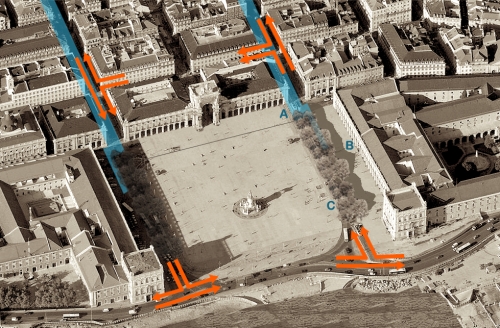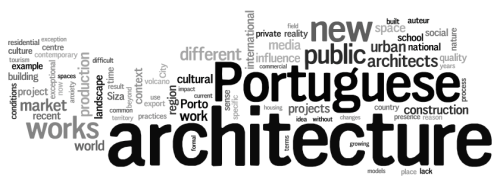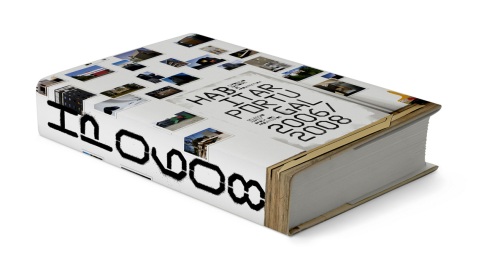As I am about to leave to Harvard GSD, the London AA, and the Rotterdam Biennale for Beyond’s first mini mini world-tour, I must leave here a compliment to my own city… (My newborn baby is already making me homesick!)
Last week in Lisbon was one of those fantastic moments in which an event, namely ExperimentaDesign, really catered for an international audience and created a special atmosphere and buzz in the city…
Still being quite periphereal to the main centres of knowledge production, Lisbon certainly needs that buzz… Tourists may be roaming about the city at all times but one needs more food for thought than that.
My modest contribution for Lisbon’s debate on Terreiro do Paço…Via Público.
In the midst of hard work I just had to make time for EXD09’s opening week. And instead of being behind the scenes, it was now an immense pleasure not only to be ocasionally in the scene – at the Open Talks, with Nuno Artur Silva and Filipe Homem Fonseca – but specially to enjoy the very tight schedule of presentations and openings as a privileged spectator…
I must say it is quite good to stop being a cultural producer for a while and just enjoy what others put up with much hard effort… So, thank you guys 😉 both for the invitation and the 4 days of endless activity…
And this is not only about the great quality of the exhibitons and conferences. When you put together the fantastic weather with a good crowd – including top designers and the best design journalists from around the world – you get the sense of how pleasurable a socializing and networking event should be.
Good thing one can exchange ideas with the likes of Alejandro Aravena, Peter Saville, Oron Catts, Michael Horsham or Joseph Grima. Or to see already old time friends like Emily Campbell, Hans Maier-Achen, Max Bruinsma, or James Auger and Jimmy Loiseau…
In moments like this not only does one introduce the secrets of the city to new friends (like it was the case of Justin McGuirk from Icon), but one can also enjoy the rare opportunity of seeing his or her place through the eyes of others, thus being able to rediscover the pleasure of a chosen city…



 My last post unveiled a little something about the project that is keeping me from updating this blog. Now, here is the first public announcement of a book that is actually making me feel quite proud.
My last post unveiled a little something about the project that is keeping me from updating this blog. Now, here is the first public announcement of a book that is actually making me feel quite proud.